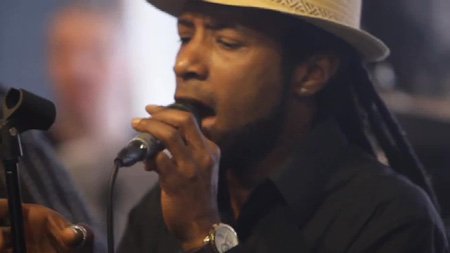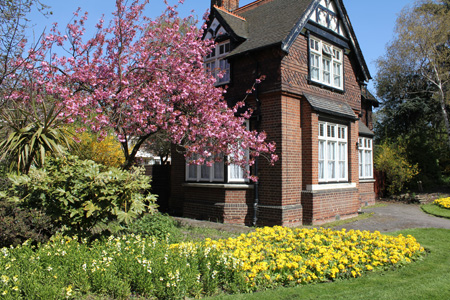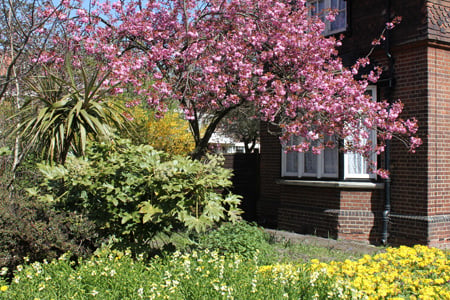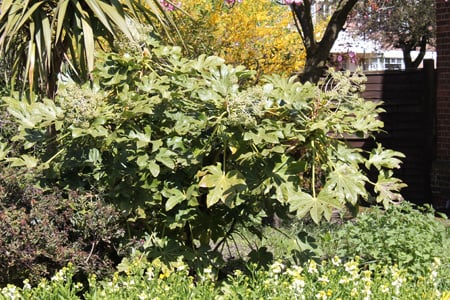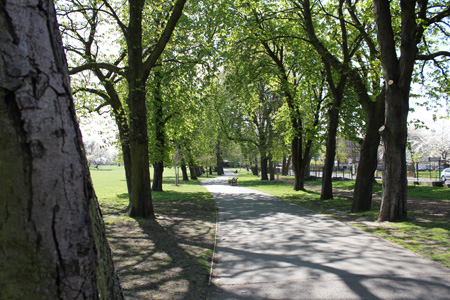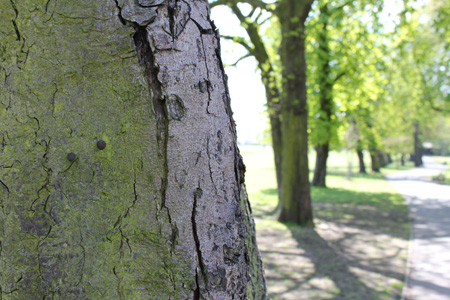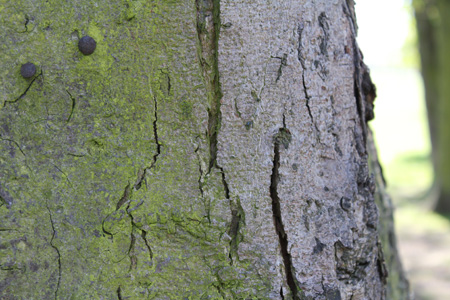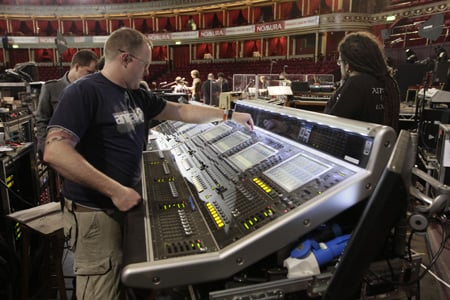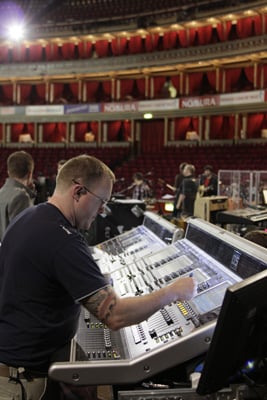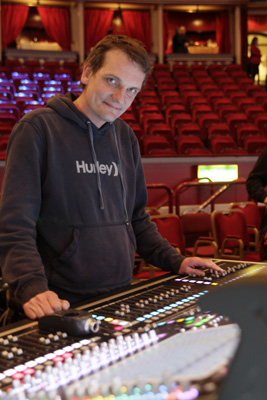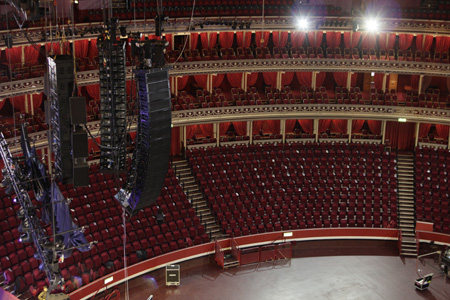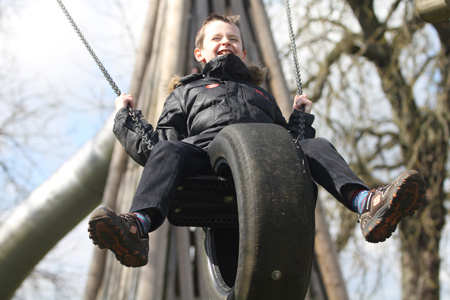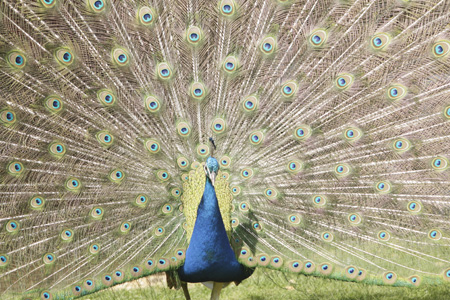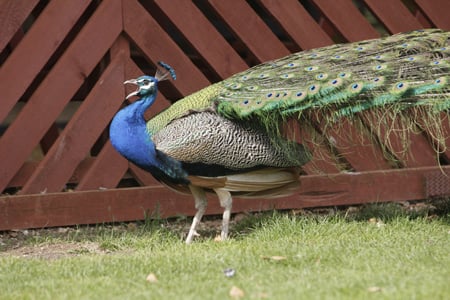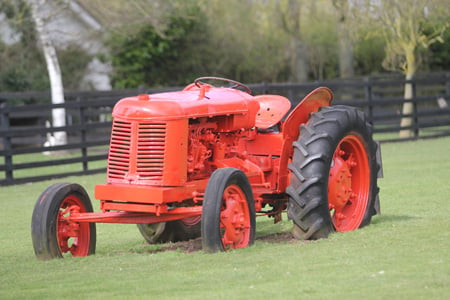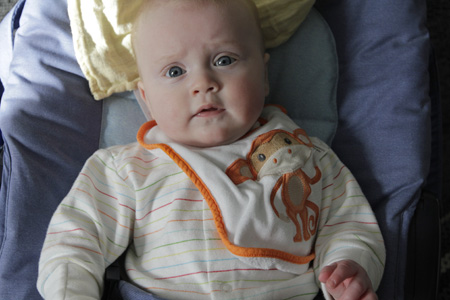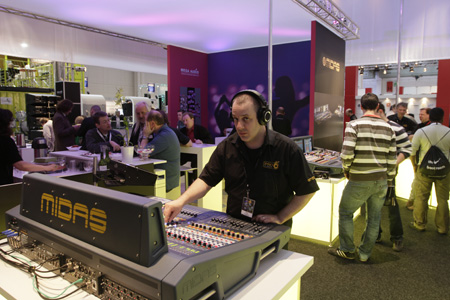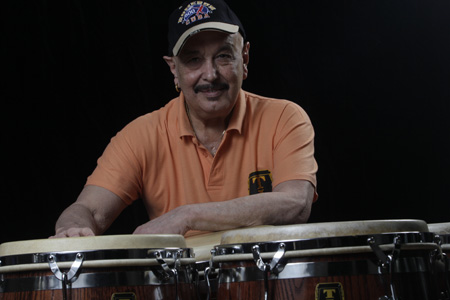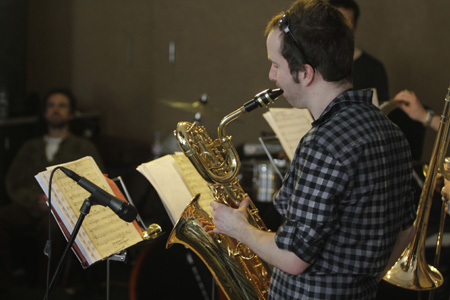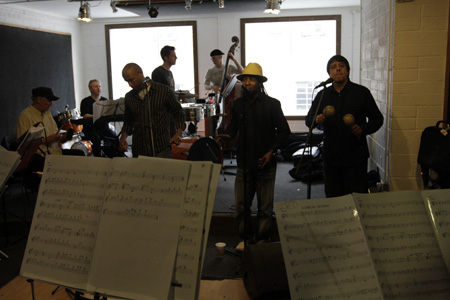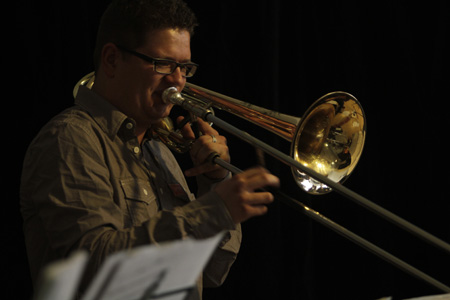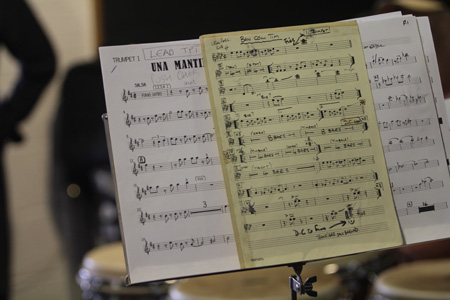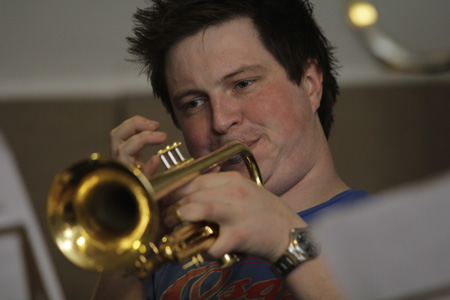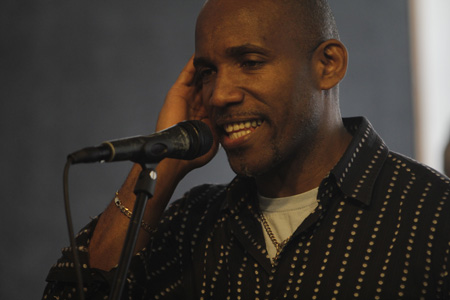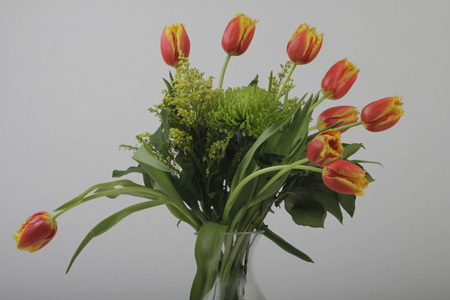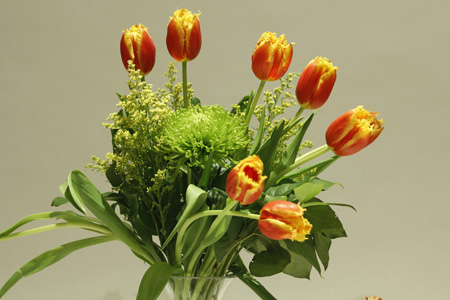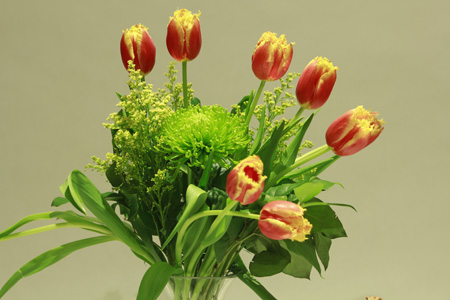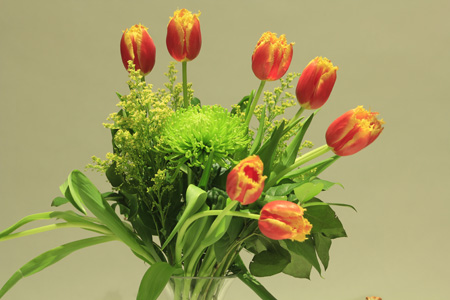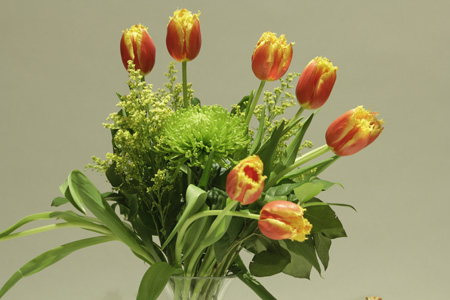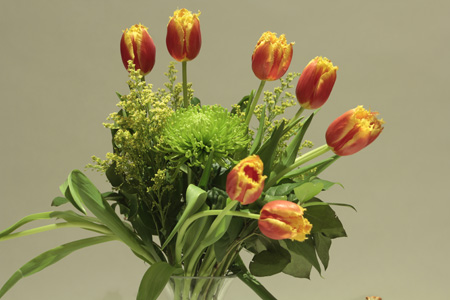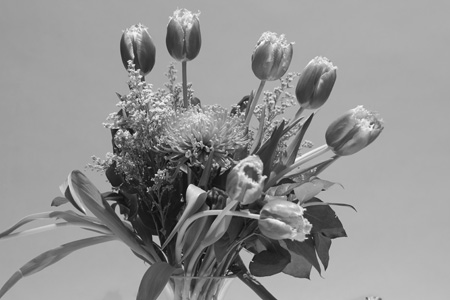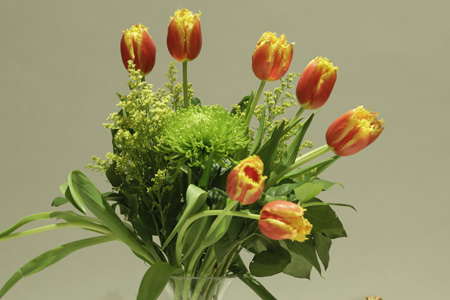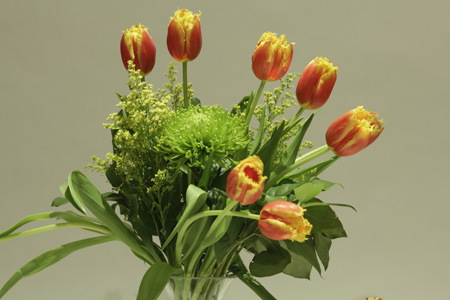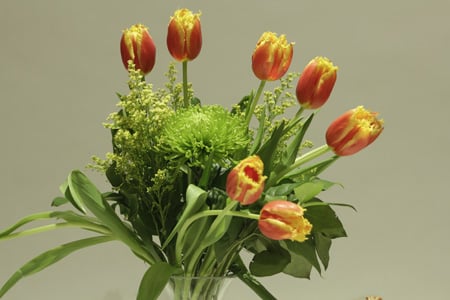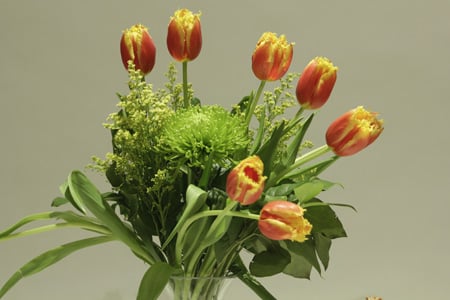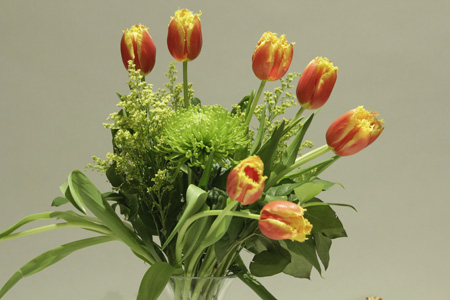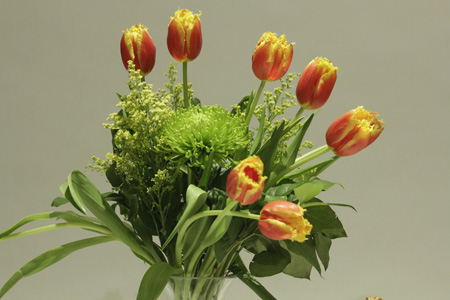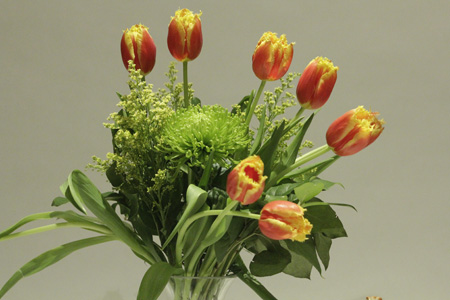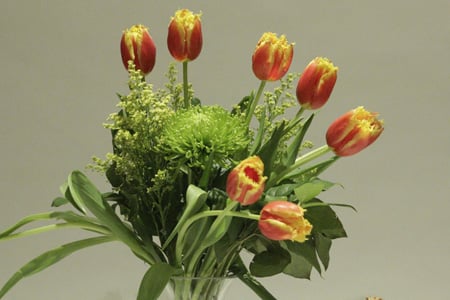Original URL: https://www.theregister.com/2010/04/23/review_camera_canon_eos_550d/
Canon EOS 550D DSLR
The semi-pros' second camera?
Posted in Personal Tech, 23rd April 2010 12:01 GMT
Review The arrival of Canon’s EOS 550D has been a rather pleasant surprise as, besides being a respectable 18.1Mp stills camera, it also shoots video at a quality that is comparable to the more expensive and technically superior EOS 7D. While the EOS 550D lacks two engines to power the data processing – so it can’t match the 7D’s blistering 8fps stills capture rate – it does have a sufficient low noise capability to allow you to shoot in low light without having to worry about it.
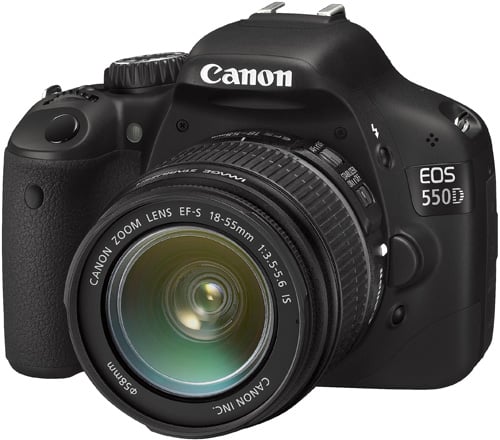
Raising the bar: Canon's EOS 550D
Another marked difference from the 7D is the body, which is plastic rather than alloy. Hence, it trades that air of professional ruggedness for a more compact form factor. In adult hands it does feel small and, with a heavy lens on the front, it definitely feels out of balance.
Essentially, a stripped down version of Canon's semi-pro cameras, the EOS 550D is up a notch or two from entry-level and is certainly far from basic. Indeed, it has the same 63-point metering of the 7D. Yet the EOS 550D is a fine example of how easy Canon has found it to keep adding megapixels to each of the previous incarnations to keep punters interested.
The EOS 300/350/400/450 and the 500D models all have been the starting points for people both keen and curious about DSLRs. Undoubtedly, once mastered, these lower price point DSLRs are a great stepping stone into the luxury of feature laden, semi-pro products. After all, once bitten, these folk will eventually buy prime lenses and work their way onto the semi-pro cams like the 7D and beyond.
If you’re familiar with the higher end models, then one thing that you would bemoan is the absence of second dial for dealing with aperture adjustments and scrolling through menus. For instance, in Manual mode – where you alter both aperture and shutter speed – access to functions is achieved by first pressing down the AV +/- button and keeping it held in. Then, use the wheel under the shutter release to change the parameters. After a while you start to remember to do this, though it isn't instinctive straight off and does involve a slight pause, because the camera has to come away from your face to initiate these changes.
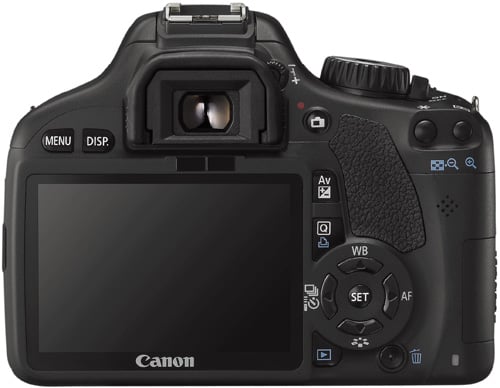
Dial out: with no data entry wheel on the back, parameter tweaks aren't so instinctive
Another gotcha is the white balance. You do get the usual six presets, but the custom setting is set from a recorded image, rather than being able to dial in Kelvin as you can with models further up the EOS range. This is not an insurmountable issue though, as you can sort it out in post, do a custom white balance using an image stored on the card or, better still, be more careful with how you light things.
The Quick button is a neat way of displaying all the available customisable functions for the mode you’re currently operating in. There are some modes where the ISO is always going to be in Auto Mode, as is the White Balance and hence can't be altered. But assuming that you will want to experiment, you certainly have some choice in most modes, and a swift way in too.
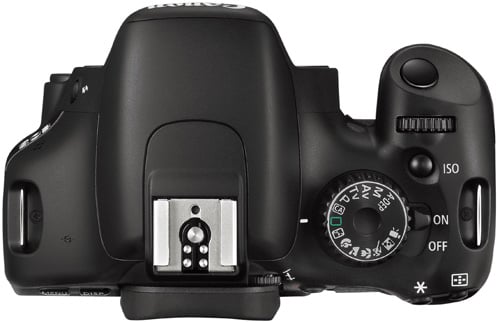
Unlike its bigger brothers, the dedicated ISO button is an easy find
Canon still insists on putting various hieroglyphs on the selection dial for sport, portraiture, landscape and the like. To be frank, I had never used these modes till now, yet found I got a good result every time. However, if you are keen, you will quickly find out what works in different scenarios and, if you have them, use the most appropriate lens. I also like the dedicated setting for just switching the flash off, so it won’t pop up for the shot. It allows you to quickly capture two very different looks before everyone loses interest.
ISO has it's own button up top within easy reach of your shutter finger. I think this is better than being in a cluster of identical buttons on the higher end cams, which can involve a bit of pot luck. I guess when you handle these long enough, you get muscle memory.
In the field, I had total confidence in shooting past 800 ISO. In fact, I think you could happily shoot at it's unexpanded maximum of 6400 in a way you did with 400 ISO film pushed a stop to 800. It is acceptable and anything under is actually printable and excellent.
That said, I must stress I was using some of Canon's decent L lenses when testing this camera. Incidentally, the EOS 550D can go to 12800 through a custom function labelled H, but as you can see from the ISO tests, there’s a price to be paid at this end of the range.
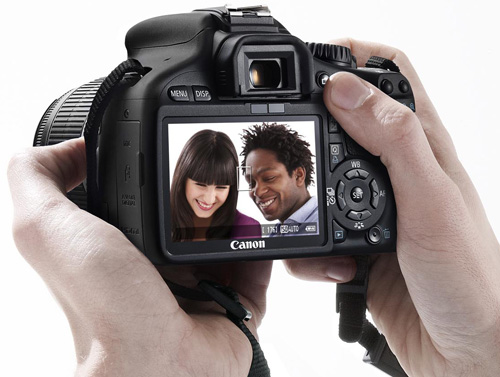
The 3in screen delivers 100 per cent of the captured image
The screen is very good indeed and in keeping with the image dimensions too. To my eye, its 1,025k resolution certainly makes a difference. It really helps with manually focusing in Live View mode, and gives fantastic confidence that you did get the shot. And, because of the body's small frame, it looks especially large.
Sample Shots
Video

50fps capture enables slow motion effects to be achieved during the edit
Click for scaled video clip
18-55mm kit lens
Sample Shots
Various lenses
Sample Shots
Various lenses
Sample Shots
Tonal looks
ISO Tests
The video frame rates allow for some fun in the edit, with 50fps being recorded in 720p mode. This allows for super smooth slow motion (well, 50 per cent slower) as you can see from the trampoline footage. HD video capture is also available at resolutions of 1080p at 24 and 25fps (and 29.97 if set to NTSC mode).
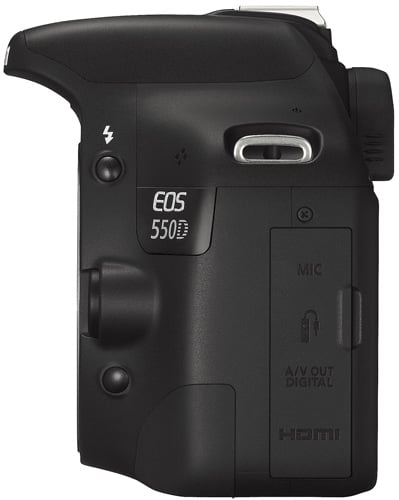
Stereo mic input, mini HDMI, remote and A/V output reside under the left side cover
Again, audio plays second fiddle to the imaging. Alas, it records the camera body’s noises as well as the scene, so using an external mic is a good idea and there is a 3.5mm mic input for this purpose. Unfortunately, you cannot change the record level, so you are at the mercy of its Automatic Level control. This gain compensating function can cause levels to fluctuate wildly, even during short passages.
The 12min cut off for the HD footage is the maximum or 4GB – whichever comes first – in keeping with other the HD Capable offerings from Canon. It records to SD card, Type 6 is the minimum requirement here and £50 buys you 32GB, which could get you near an hour and a half of footage.
Battery life suffers if you’re over-reliant on the rear screen, which can be tuned off. Nonetheless, there's sufficient power to see you through a whole day of shooting stills and occasional video. The LP-E8 battery type isn’t shared with other current EOS models in the range, so here we go again, buying the backup one for an extra £45.
If you’re likely to be shooting with other DSLRs, such as the 5D Mark II and 7D then the EOS 550D is an ideal B-cam. With its sensor crop factor it would do well to be used with telephoto lenses to gain that free extra magnification. Certainly, wide lenses would have to be very wide.
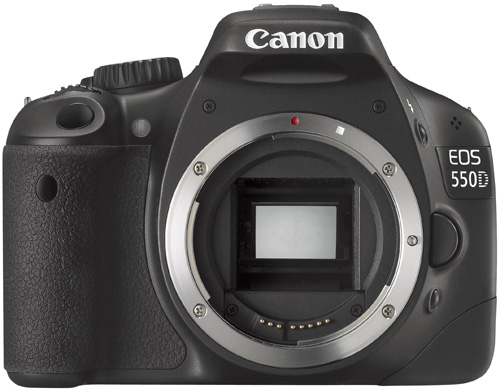
Cheap enough to trash?
And, at this price, I can see some 550Ds being sacrificed on the outside of cars, dropped from buildings and generally put through some tough work, knowing that it is cheap enough to write-off to get that shot.
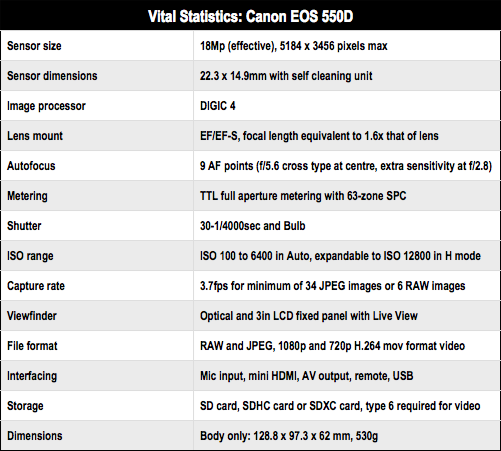
The glass, however, to make things sing, will be costing more than this camera does. So is this the tipping point? At 18Mp have we reached the end of the road for sensors this size? Given the optics supplied with lens kits and available in lower cost accessory ranges, are these lenses good enough to justify any more work on sensors at this level?
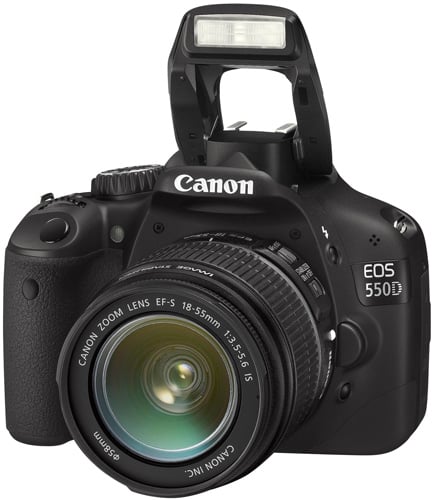
Great body, but benefits from good lenses to do it justice
Now, with every camera getting moving image capabilities, I wonder what will be next year’s ‘must have’ feature. At this price, you are being offered everything you could need to become a very good stills photographer and you can record short bursts of important moments in HD video onto a very cheap reusable medium. So, will next year's model come equipped with a Sim card slot and a bluetooth headset to put Nokia in its place with its DSLRs are doomed claims?
Verdict

Canon’s EOS 550D raises the bar on features and resolution that all decent DSLRs in this enthusiast area must aim to be equipped with going forward. The high teens sensor, decent metering, customisable parameters and excellent video capabilities – for that depth-of-field look – all contribute to this camera’s impact among its rivals. All told, what more do you want for your money? ®
James Cumpsty is a professional photographer and videographer working in the music industry.
More DSLR Reviews… |
|||
 Pentax Pentax
K-x |
 Sony Sony
Alpha A550 |
 Pentax Pentax
K-7 |
 Nikon Nikon
D5000 |
